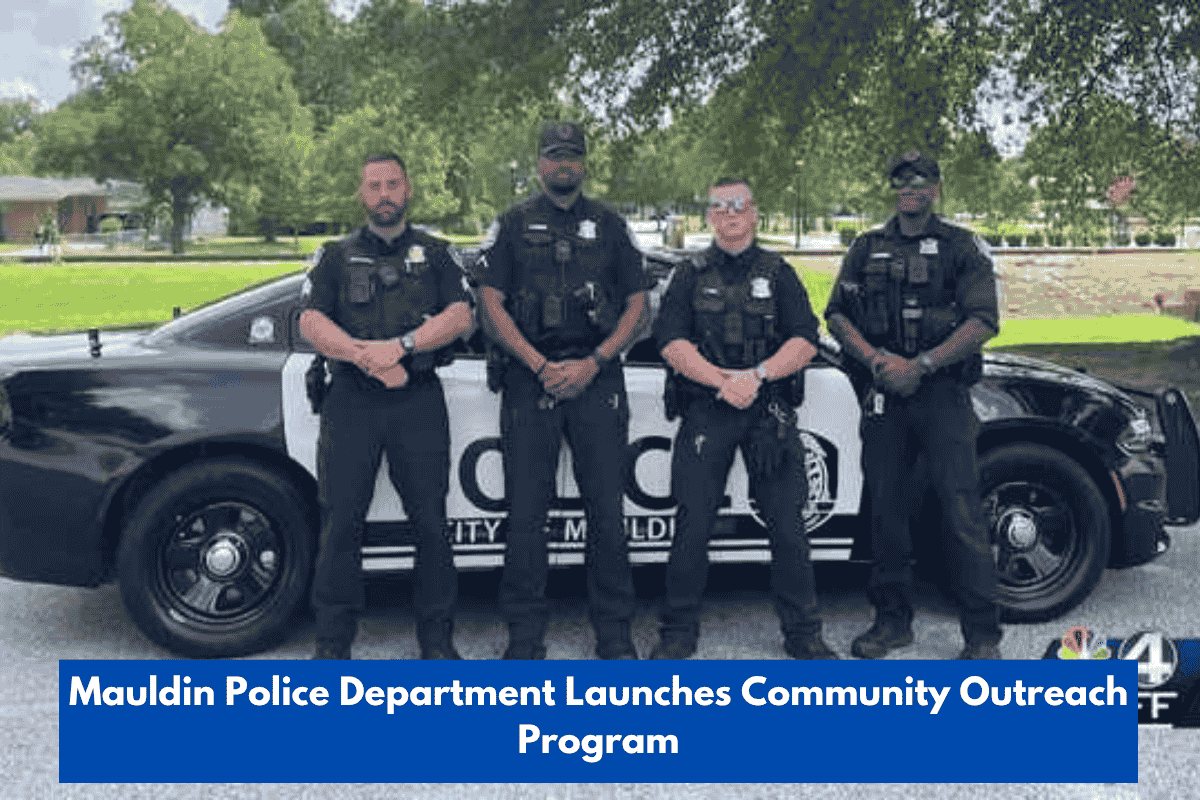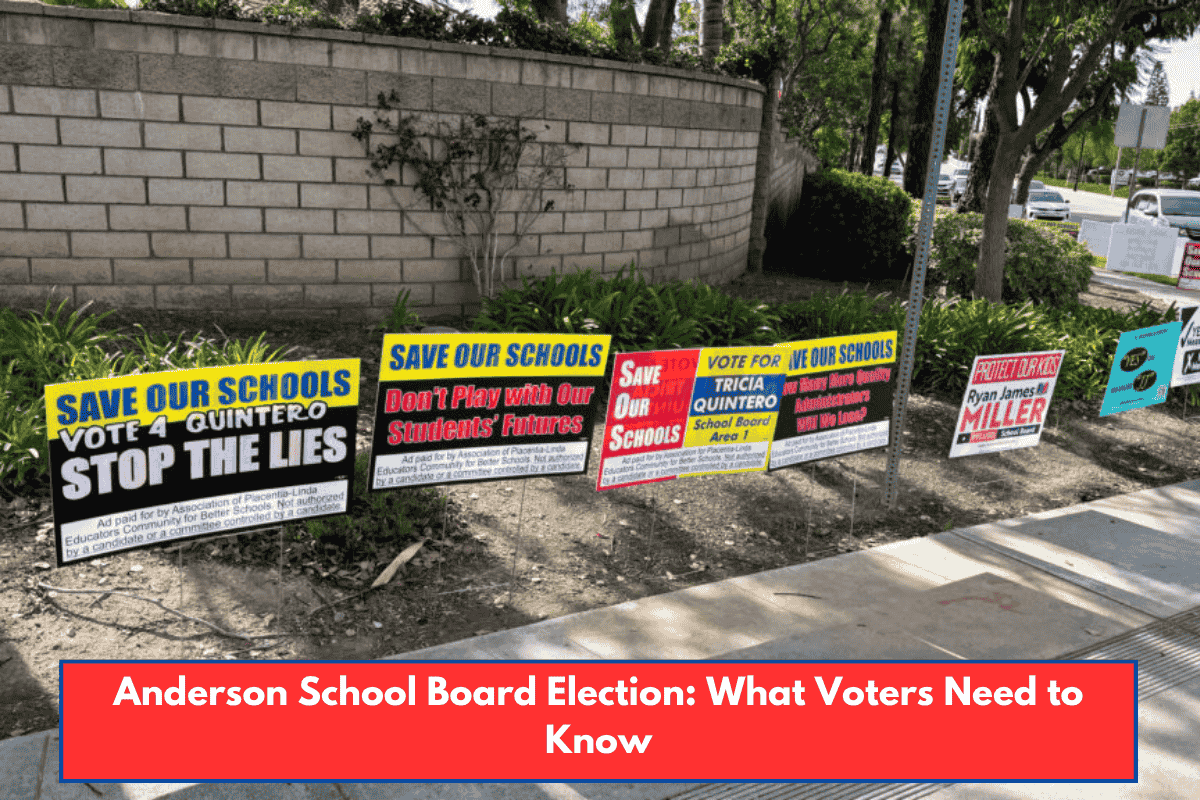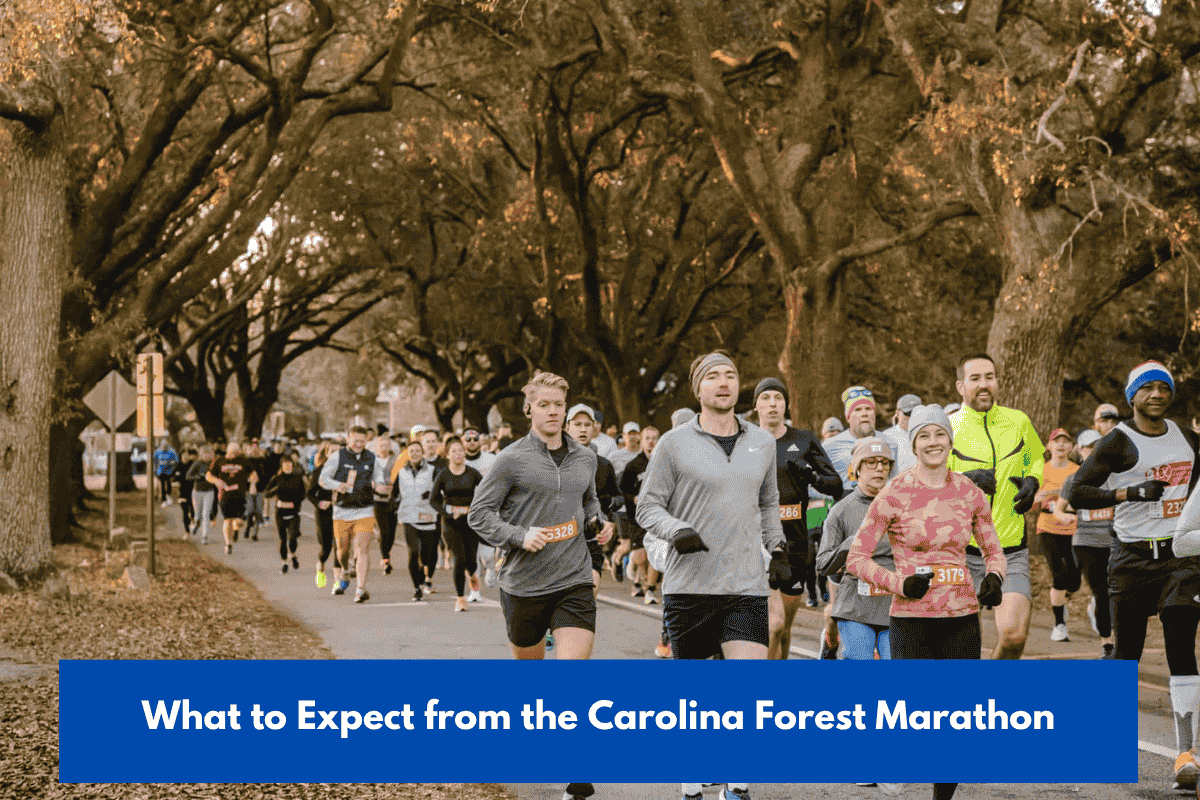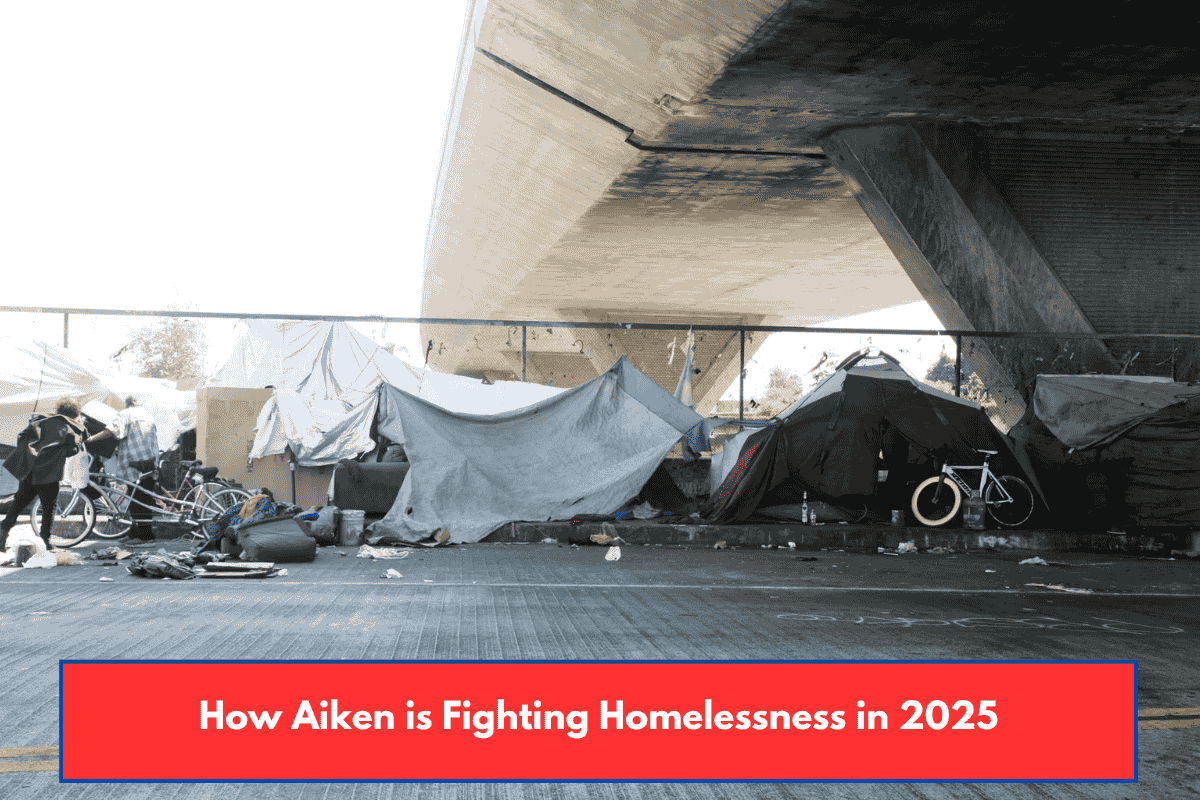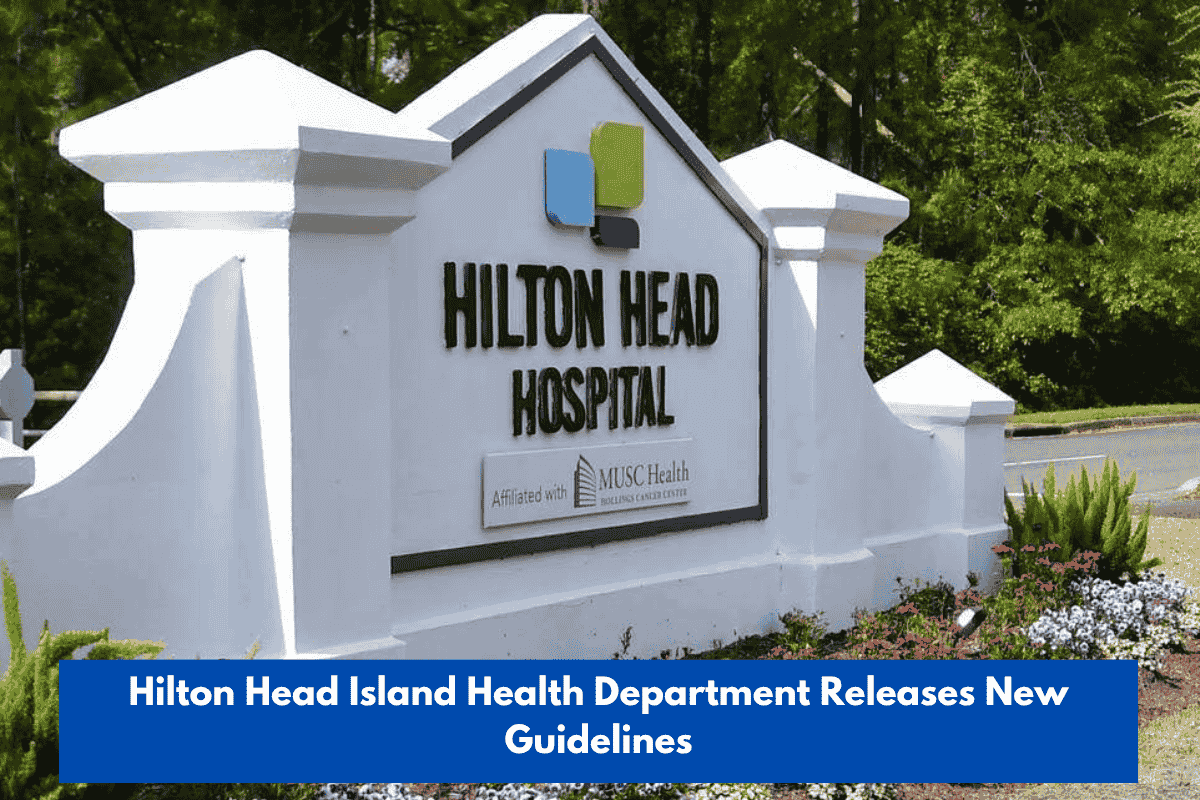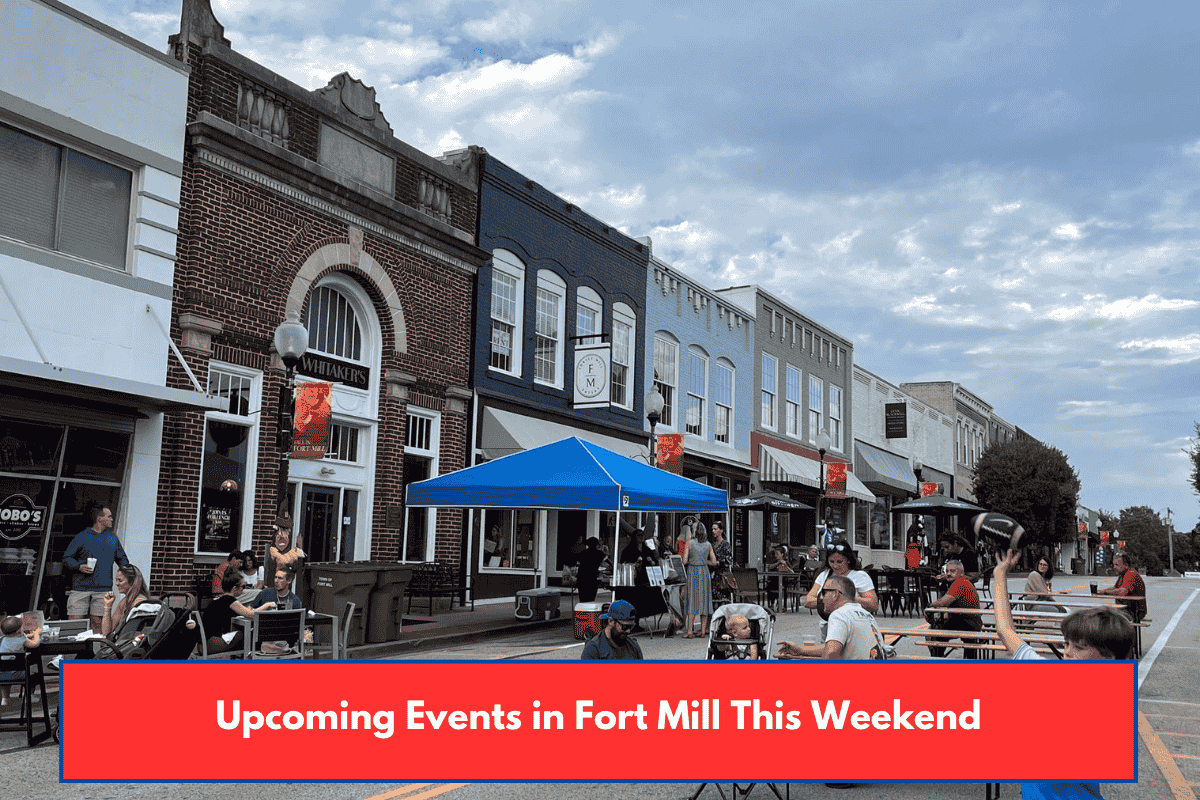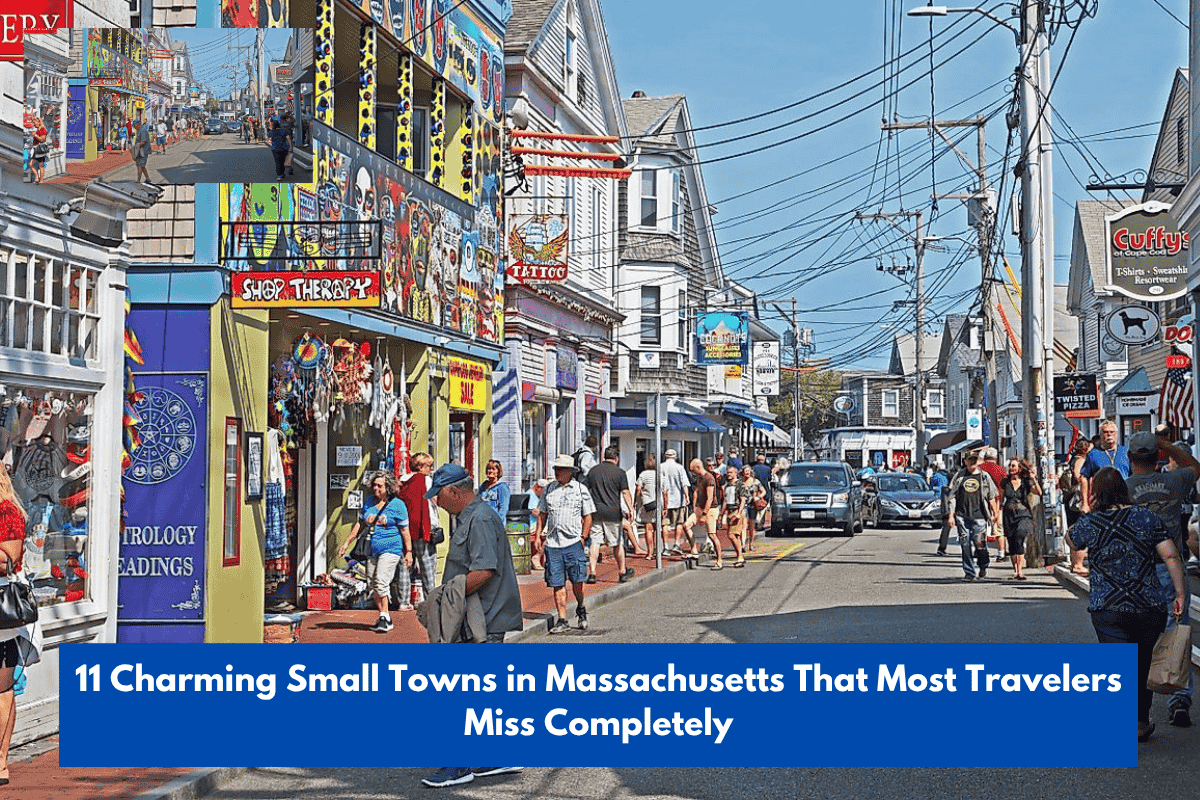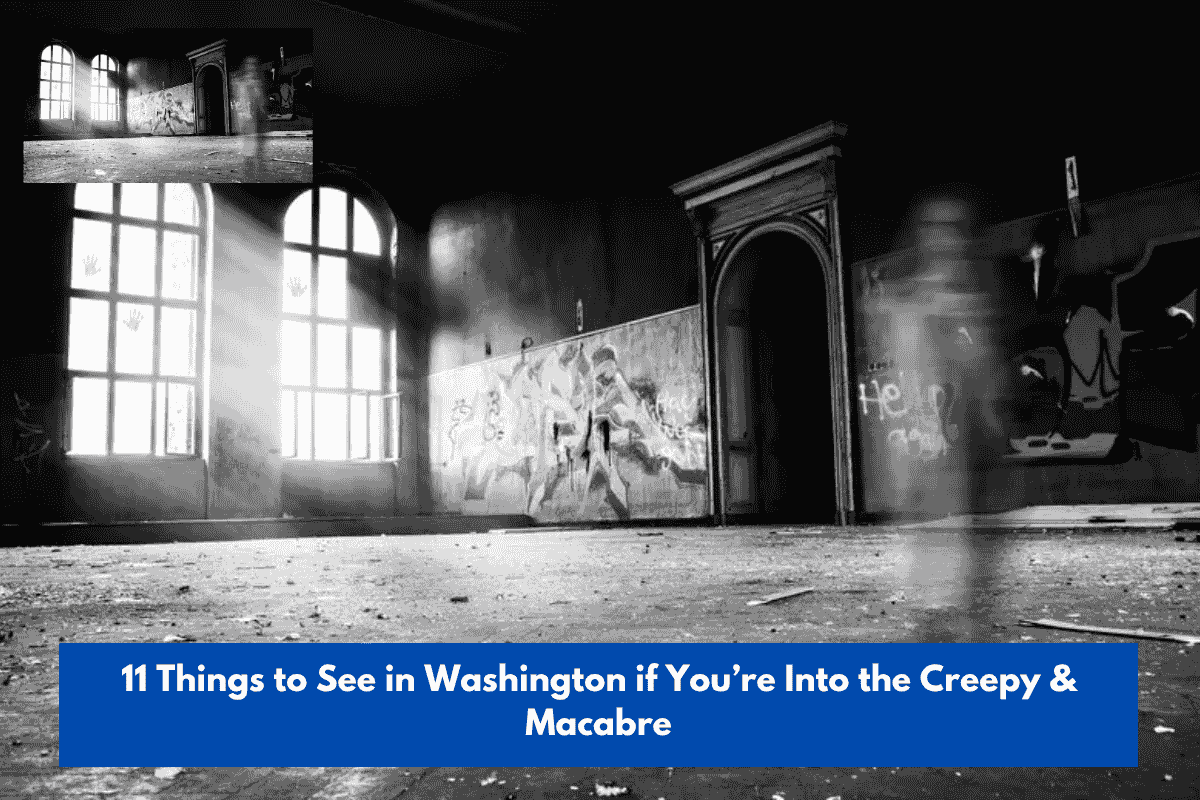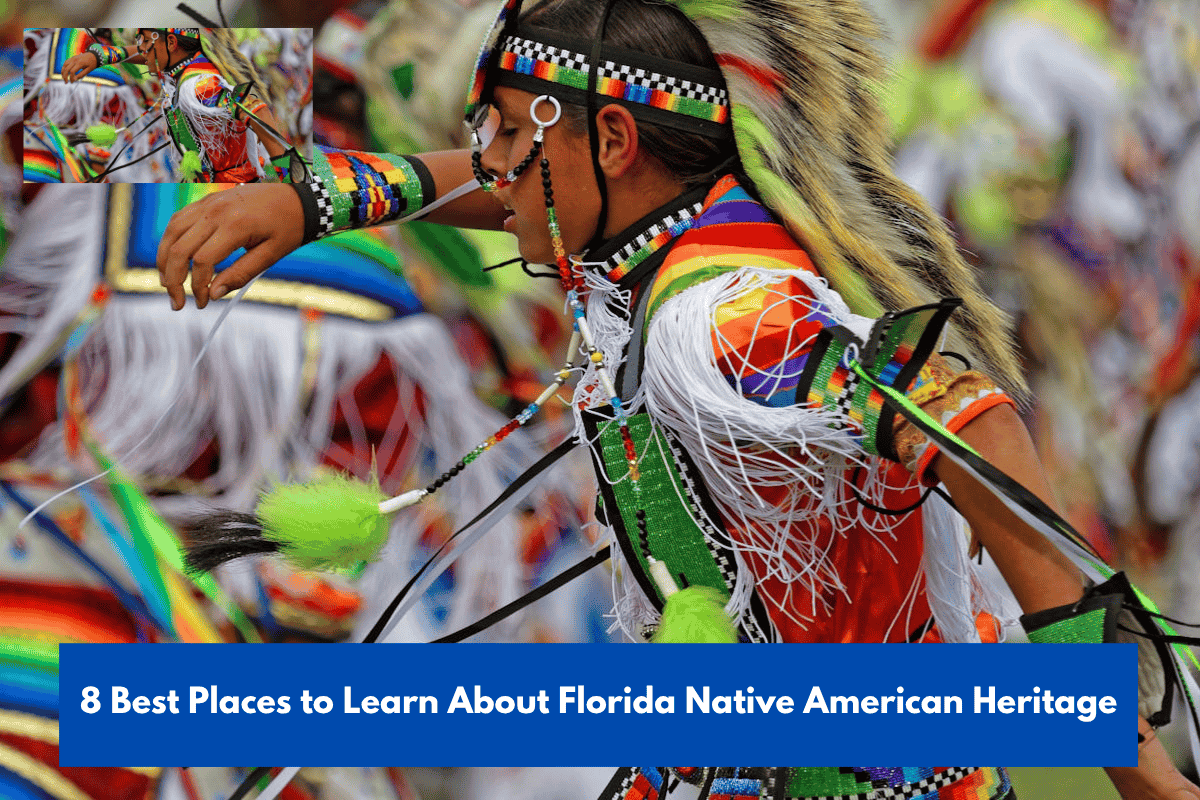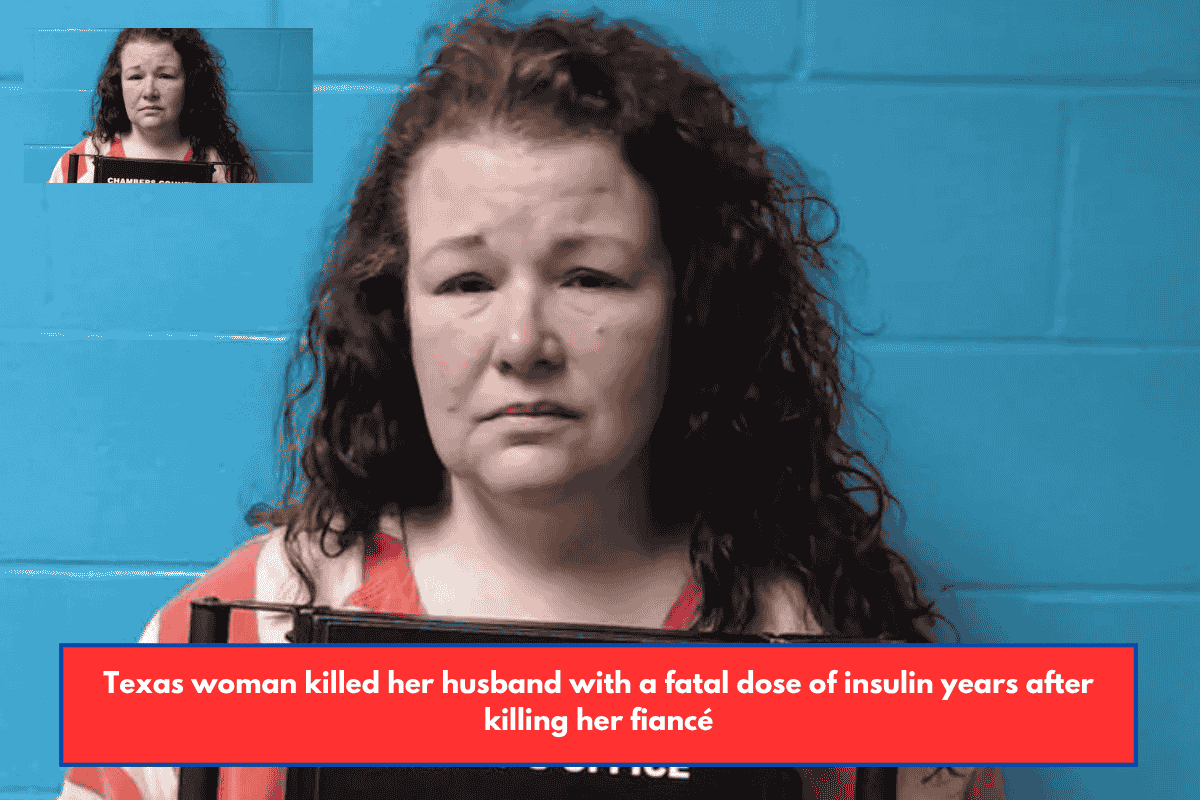Charleston is fighting homelessness in 2025 through a multi-pronged rapid housing initiative, expanded temporary shelters, collaborative wraparound services, and enhanced affordable housing projects, all supported by coordinated efforts among area municipalities and community organizations.
Rapid Housing Program and Temporary Shelters
The city has launched the Lowcountry Rapid Housing Program—a new Housing First model—focused on quickly moving people off the streets and into temporary units, while providing access to critical support (e.g., mental health treatment, addiction services, job training, physical therapy, and ID assistance). The initial phase centers on constructing 118 pallet homes—secure, climate-controlled steel shelters situated on a two-acre parcel—along with expanded bathrooms and showers. The plan, budgeted at $5.5 million, uses operating funds from city and municipal partners. Residents may stay for 90 to 180 days before transitioning, with the initiative coordinated to address especially high-need male populations and future plans to expand services for women and children.
Supportive Services and Permanent Facilities
Alongside physical shelter, Charleston is expanding the Hope Center—a community hub for meals, laundry, counseling, and around-the-clock support. Wraparound services are integrated into both temporary and permanent solutions, aiming to stabilize residents and prepare them for lasting housing. Charities like Star Gospel Mission are also stepping up, broadening efforts to help homeless women and children.
Increasing Affordable Housing Supply
The Department of Housing and Community Development provides annual grants and develops new affordable units, with its dashboard making ongoing projects transparent. Charleston’s strategy combines construction, rehabilitation, and maintenance of housing for very low to moderate-income residents, funding a network of public and nonprofit programs to spur development and preserve existing homes.
Coordinated Regional Collaboration
The Lowcountry initiative unites Charleston, North Charleston, Summerville, and Mt. Pleasant—each contributing staff and funding, with consensus required for project sites and budgets. By pooling resources and sharing expertise, the region is addressing gaps for individuals with complex needs who often fall through cracks in traditional support networks.
Access and Ongoing Improvements
Online applications for public housing vouchers remain available, and new policies ensure reasonable accommodations for those with physical or mental impairments. Community feedback has shaped shelter development, with the city revising shelter designs to address hygiene and access concerns. The goal is to complete the first wave of shelter construction by mid-2025 and the permanent Hope Center facility in 2026.
Charleston’s approach in 2025 emphasizes swift, compassionate shelter solutions, expanded service coordination, and a firm commitment to aggressive affordable housing growth.
SOURCES
[1](https://www.charleston-sc.gov/CivicAlerts.aspx?AID=1288)
[2](https://www.herecharleston.com/charlestons-temporary-homeless-housing/)
[3](https://www.charleston-sc.gov/233/Housing-Community-Development)
[4](https://abcnews4.com/news/local/oldest-faith-based-charity-seeks-to-help-homeless-women-and-children-in-charleston-seacost-wciv-abc-news-4-02-12-2025)
[5](https://www.charlestonchamber.org/news/economic-opportunity/housing-entrepreneurship-and-economic-mobility-the-visionary-keynotes-of-opportunity-summit-2025/)



